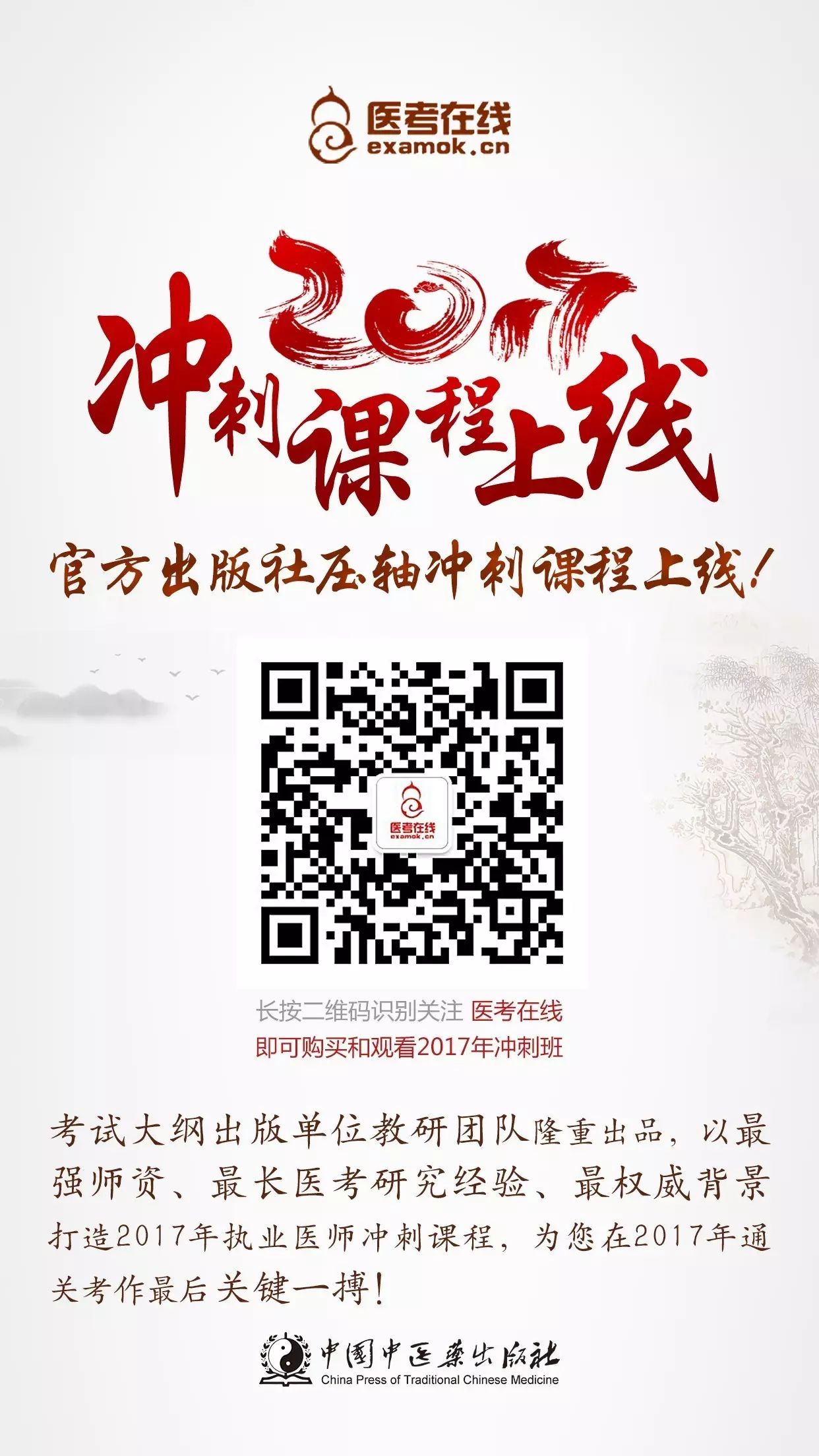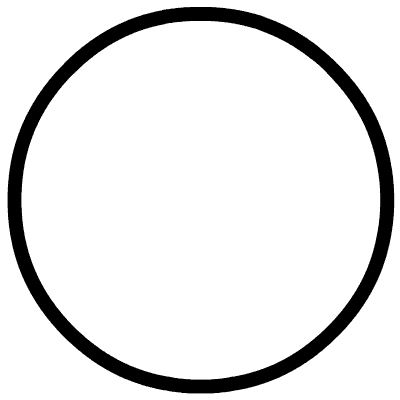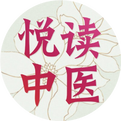↑ Click on “Read TCM” above to follow us
Editor’s Introduction
We previously released a series of formula songs that were well received! Next, we will continue to present the pulse diagnosis works—Binhuh Pulse Theory! This is another essential classic for learning Traditional Chinese Medicine (TCM). To facilitate a more intuitive learning experience, we will break down the original text and sequentially present it according to the categories of floating pulse, sinking pulse, slow pulse, rapid pulse, vacuous pulse, and solid pulse. Be sure to save this!
Floating Pulse Category
The floating pulse category includes floating pulse (fu mai), surging pulse (hong mai), soft pulse (ru mai), scattered pulse (san mai), hollow pulse (kao mai), and leather pulse (ge mai).
Floating (Yang)
Floating Pulse:It is abundant when lifted and insufficient when pressed (from the Classic of Pulse Diagnosis). It resembles the light touch of a breeze on a bird’s feathers, delicate and gentle (light and floating appearance), like following the elm pods (from the Plain Questions), like wood floating on water (Cui’s description), or like pinching scallion leaves (Li’s description).
The floating pulse indicates a light and clear presence above, represented by the Qian hexagram, associated with autumn, and corresponds to the lungs, also referred to as ‘fur’. If it is excessive, it feels firm and empty on the sides, resembling the touch of chicken feathers, indicating an external illness. If it is insufficient, the qi feels weak, indicating an internal illness. The Pulse Classic states that if it feels like excess, it is a combination of floating and surging pulses, not merely a floating pulse.
【Body Condition Poem】
The floating pulse travels only along the flesh, like following elm pods, light and gentle.
In the third autumn, if it is regulated, one knows there is no illness; if encountered after a long illness, it can be alarming.
【Main Disease Poem】
The floating pulse indicates exterior diseases, with slow wind, rapid heat, and tight cold constraining.
A strong floating pulse suggests much wind heat; a weak floating pulse indicates blood deficiency.
A floating pulse at the cun position indicates headaches and dizziness from wind, or there may be wind-phlegm accumulation in the chest.
A weak pulse at the guan position indicates earth deficiency and wood excess, while a weak pulse at the chi position suggests urinary obstruction.
The floating pulse indicates exterior conditions; a strong pulse indicates excess, while a weak pulse indicates deficiency. A floating slow pulse indicates wind, a floating rapid pulse indicates wind-heat, a floating tight pulse indicates wind-cold, a floating slow pulse indicates wind-damp, a floating weak pulse indicates heat injury from summer, a floating hollow pulse indicates blood loss, a floating surging pulse indicates vacuous heat, and a floating scattered pulse indicates extreme fatigue.
Similar Poem: Floating like wood in water, large and hollow is the hollow pulse. If it floats lightly, it is the surging pulse; though it comes strong, it leaves gently. The floating pulse is light and even like pinching scallions. If it comes weak and large, it is vacuous. A floating and soft pulse is the soft pulse; scattered like willow fluff, it has no fixed trace. A strong floating pulse is the surging pulse; a slow and large floating pulse is vacuous; if extremely vacuous, it is scattered; a floating and weak pulse is the hollow pulse; a floating and soft pulse is the soft pulse.
Surging (Yang)
Surging Pulse:It is extremely large (from the Classic of Pulse Diagnosis). It comes strong and leaves weak (from the Plain Questions). It comes large and leaves long (from Tongzhenzi).
The surging pulse corresponds to the Li hexagram, associated with summer, and corresponds to the heart. The Plain Questions refers to it as ‘great’, also called ‘hook’. The sliding pulse indicates a strong arrival and weak departure, like a hook that curves up and then down. It reflects the blood vessels’ arrival and departure, resembling the appearance of all things spreading and hanging down. Zhan Yanju states it resembles a string of pearls, which is incorrect. The Pulse Classic states that it is suitable in late summer; in autumn and winter, sweating and purging the intestines are not suitable for the surging pulse, which is a misconception.
【Body Condition Poem】
The pulse comes surging and strong, leaving weak and shallow, filling the fingers and overflowing, indicating summer.
If it is in spring, autumn, or winter, rising yang and dispersing fire should not be doubted.
【Main Disease Poem】
The surging pulse indicates strong yang and blood deficiency; the fire of the heart is intense and heat diseases reside.
Abdominal distension and fullness must be treated early; yin deficiency leading to diarrhea can be worrying.
A surging pulse at the cun position indicates heart fire in the upper jiao; a surging pulse at the lung position indicates that the metal cannot endure.
Liver fire and stomach deficiency can be observed in the liver pulse; kidney deficiency and yin fire can be seen in the chi position.
The surging pulse indicates strong yang and weak yin diseases; diarrhea, blood loss, and chronic cough are to be avoided. The Classic states: thin body with a large pulse often indicates death. It states: a large pulse indicates disease progression.
Similar Poem: The surging pulse comes with a strong wave, leaving weak and coming strong like waves. To know the solid pulse’s unevenness, lift and press to feel the long and firm (A strong surging pulse indicates solidity; a solid pulse with no strength indicates surging).
Soft (Yin) (Soft means weak)
Soft Pulse:It is extremely soft and floating, like silk in water, lightly touched, and pressing yields nothing (from the Classic of Pulse Diagnosis), like floating foam on water.
Silk floating in water, pressing with a heavy hand, resembles the image of following the hand. The Pulse Classic states: pressing feels like it is lifted yet still absent, indicating a weak pulse, not a soft pulse.
【Body Condition Poem】
The soft pulse is floating and fine, pressing must be light; on the water’s surface, it floats like cotton, unable to withstand force.
After illness or childbirth, there is still medicine; if a healthy person sees it, it is rootless.
【Main Disease Poem】
The soft pulse indicates blood loss and yin deficiency; the marrow sea and lower dantian are darkly depleted.
Night sweats steam into the bones; blood floods down, invading the spleen.
A soft pulse at the cun position indicates slight sweating; at the guan position, what can be done about qi deficiency?
A soft pulse at the chi position indicates severe deficiency of essence and blood; warming and tonifying true yin can alleviate the illness.
The soft pulse indicates blood deficiency and also indicates dampness injury.
Similar Poem: Floating and soft indicates it is the soft pulse; sinking and fine indicates weakness. If it is weak, it is floating and fine, if it is sinking and fine, it is weak. Extremely fine floating indicates it is weak; extremely fine sinking indicates it is fine.
Scattered (Yin)
Scattered Pulse:It is large and scattered. It has an exterior without an interior (from the Classic of Pulse Diagnosis), it is loose and not gathered (Cui’s description), with no regulation, no restraint, and the beats are uneven, sometimes coming in abundance and sometimes in scarcity. It is loose and scattered, resembling the appearance of willow fluff (Liu’s description).
Dai Tongfu states: the heart pulse is floating, large, and scattered; the lung pulse is short, tight, and scattered; the normal pulse is also scattered. The heart pulse is soft and scattered, indicating palpitations; the lung pulse is soft and scattered, indicating sweating; the liver pulse is soft and scattered, indicating fluid overflow; the spleen pulse is soft and scattered, indicating swelling, which is a pathological pulse. The kidney pulse is soft and scattered, indicating various diseases and is a fatal pulse. The Classic of Difficulties states: a scattered pulse alone indicates danger. Liu states: scattered indicates both qi and blood deficiency, a pulse that has fundamentally detached, occurring in childbirth or miscarriage.
【Body Condition Poem】
Scattered like willow fluff, flying and drifting, coming and going without certainty, difficult to gather.
In childbirth, it indicates a sign of life; in pregnancy, it indicates a miscarriage; encountering it after a long illness does not require treatment.
【Main Disease Poem】
Left cun indicates palpitations; right cun indicates sweating; fluid overflow at the left guan indicates soft and scattered.
Right guan indicates swelling and scattered; scattered at both chi positions indicates a severed spirit.
Similar Poem: The scattered pulse is unrestrained and scattered, the soft pulse comes floating and fine like cotton in water.
Hollow (Yang in Yin)
Hollow Pulse:It is floating, large, and soft; pressing reveals emptiness in the center, with solidity on both sides (from the Classic of Pulse Diagnosis). It is empty in the center and solid on the outside, resembling a scallion.
The hollow pulse resembles a scallion. The Plain Questions does not mention the hollow pulse. Liu San states: What does the hollow pulse resemble? It resembles a scallion, with a hollow center and solid sides. Dai Tongfu states: In the pulse, blood forms the shape; the hollow pulse indicates blood loss. The Classic of Pulse Diagnosis states: the three positions of the pulse are hollow; encountering it in chronic illness indicates life, while in acute illness indicates death. The Pulse Classic states: if both ends are solid and the center is hollow, it indicates a severed pulse. It also indicates dripping, and qi entering the small intestine. It is contrary to the symptoms of blood loss, which is a serious error.
【Body Condition Poem】
The hollow pulse is large and soft like a scallion; pressing reveals solidity on the sides and emptiness in the center.
Fire invading the yang channels causes blood to overflow; heat invading the yin vessels causes red flow.
【Main Disease Poem】
A hollow pulse at the cun position indicates blood accumulation in the chest; at the guan position, it indicates intestinal abscess.
A hollow pulse at the chi position indicates much blood loss, red flow, and diarrhea.
Similar Poem: The hollow pulse is empty in the center and solid on the sides; a large and slow pulse indicates a vacuous pulse.
Leather (Yin)
Leather Pulse:It is string-like and hollow (Zhongjing), like pressing on a drum skin (Danxi).
Zhongjing states: a string-like pulse indicates cold, while a hollow pulse indicates deficiency; deficiency and cold intertwine, this is called leather. Men experience blood loss and loss of essence; women experience postpartum bleeding. The Classic of Pulse Diagnosis states: the three positions of the pulse are leather; encountering it in chronic illness indicates death, while in acute illness indicates life. Shizhen states: this is the combination of the hollow and string-like pulses, thus both indicate blood loss. Various pulse texts consider it a firm pulse, so there may be leather without firmness, or firmness without leather, causing confusion. They do not understand that leather is floating and firm, while firmness is solid and deep, with different forms and symptoms. Furthermore, the Classic of Changes states: the leather pulse is mixed and urgent, like a gushing spring; if the disease progresses, it is dangerous; if it is weak and flowing, it leaves like a string cut. It is said that the pulse comes mixed and turbid, urgent like a gushing spring, flowing out and not returning.
【Body Condition and Main Disease Poem】
The leather pulse resembles pressing on a drum skin; the hollow and string-like pulses intertwine, indicating cold and deficiency.
Women experience postpartum bleeding and men experience essence deficiency.
Similar Poem: Encountering hollow and leather.

Copyright Statement
This article is selected from the Classics of TCM Library: Binhuh Pulse Theory (published by China Traditional Chinese Medicine Press, authored by Li Shizhen in the Ming Dynasty), with all rights reserved by the original author. Recommended for publication by Read TCM (WeChat ID: ydzhongyi). Cover image sourced from the internet. Unauthorized reproduction is prohibited!

 Click the original text to purchase the book!
Click the original text to purchase the book!

